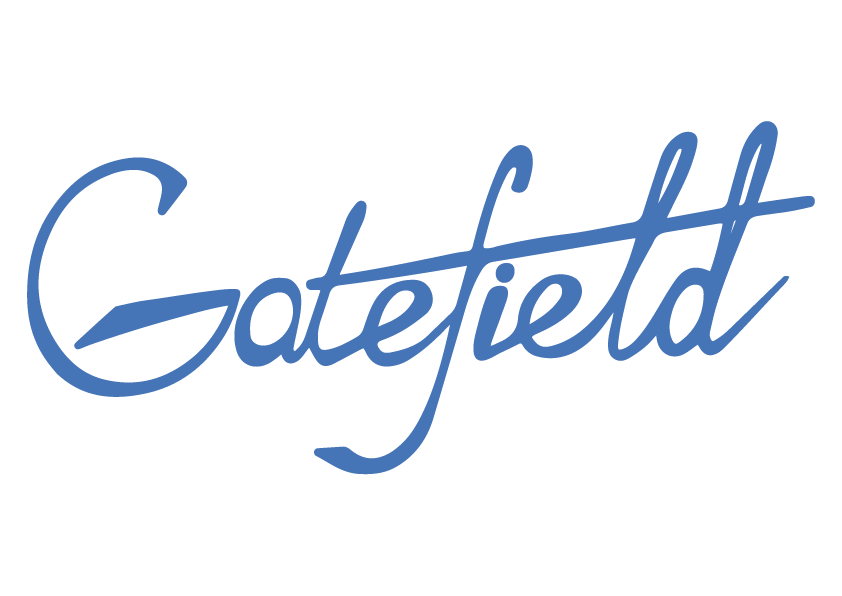Political cycles often present valuable opportunities for bringing important policy issues to the fore because public officials and candidates who are often the targets of advocacy efforts are on the ballot and consequently thinking about and discussing policy issues they support or oppose. However, because political cycles are often frenetic, with many conversations taking place at the same time, it is easy to lose momentum and miss — or fail to seize — all opportunities to advocate for important policy issues.
This article outlines three ways advocates can run an effective advocacy campaign that yields results during political cycles to make headway on issues that matter to them.
- Develop a political messaging strategy
Advocacy can only be effective if efforts and activities are guided by a strategy. This is especially important for advocacy issues that rely on political will and support. A good strategy will outline a pathway for conducting an advocacy campaign and achieving set objectives. In developing an advocacy strategy, advocacy groups often resort to the political mapping tool. Political mapping helps in identifying key political actors, including allies and opponents, their positions on the issue, knowing their motivations and influencers, identifying champions, and charting the pathway to the policy. This is key.
However, political mapping should set the stage for a political strategy that aligns activities, outreaches, and messages into a political timeline or calendar. Typically, the year and months leading up to an election or a policy review are the most crucial periods for ensuring an advocacy issue is prioritized by politicians.
The most important part of our political strategy is messaging. Framing advocacy messages in ways that highlight what is at stake or what stands to be gained is crucial for getting political and public support. At Gatefield, we use a 3-point framework: pain, pressure, and pleasure, which effectively helps us do this. We craft specific messages that highlight the specific pain, pressure, and pleasure points for each target audience identified. This ensures that our advocacy targets relevant political stakeholders in specific and measurable ways and sets the foundation for an effective political-cycle advocacy campaign.
- Generate momentum
Once relevant stakeholders have been identified and key messages framed, advocates become responsible for creating awareness and promoting the campaign. For this effort to yield desired results, it is best conducted within a political window of opportunity. Political windows of opportunity are limited in duration, necessitating strong momentum and intensity to drive demands.
A key case in point is the successful “Not Too Young to Run” (NTYTR) campaign, which sought the passage of a legislative bill that would reduce the minimum age requirement for Nigerians wishing to run for an elected position. The campaign launched in 2016, but in 2018, at the peak of the political cycle, the campaign took advantage of two political windows and became more aggressive in its push. This was during the constitutional amendment process and the 2019 general election cycle. In order to build momentum, the advocates organized National Day of Action Rallies that targeted every legislative building across the country, including a famous blockade of Nigeria’s parliament, demanding commitment from the lawmakers. These intense actions generated much-needed media coverage and public conversations, which gave the campaign a lot of momentum and pushed it into the mainstream of political discourse.
The campaign also successfully leveraged the importance of political timelines by deliberately staging its most intense activities within days of when legislators voted on nationwide constitutional amendments. This presents a good example of using a political window of opportunity to push an advocacy issue. After successfully campaigning for two years, President Muhammadu Buhari signed the NTYTR bill into law in May 2018.
- Harness collective power
An advocacy demand is as compelling for action as the strength of the petitioner. Particularly in advocacy situations where there are strong opposing voices—be it an industry, lobby group, or political actors themselves—there is a need to ensure that collective power is built and harnessed. This means coalescing aligned and legitimate voices, institutions, and groups to present a more powerful and influential bloc. This also helps to keep demands uniform, which makes messaging more effective.
A case in point is the successful Gatefield-led advocacy for the introduction of a sugar-sweetened beverage tax in Nigeria through legislation. Before the public launch of the campaign, which targeted the budget cycle, our team forged a coalition with groups aligned with non-communicable diseases, particularly leading health membership associations, and strategically engaged them over a series of meetings and deliberations to create a list of three clear demands and establish a common entity for the advocacy known as the National Action on Sugar Reduction. This powerful group became the mouthpiece of health actors that engaged the Nigerian government and galvanized public support for the legislation through strategic engagements, mass media campaigns, evidence generation, and public pressure campaigns. Harnessing the collective power of the group helped to further amplify and provide stronger representation for the campaign, giving it more leverage. Our political messaging strategy focused on a “triple win”—for public health, revenue generation, and the economy at large—and our coalition led a one-month pressure campaign during the budget deliberations, leading to the successful introduction of Nigeria’s sugary drink tax through the 2021 Finance Act.
Key Take-Aways
Political cycles are an important time to turbocharge your advocacy campaigns. This is especially true for advocacy issues that rely on the endorsement of politicians. A good advocacy campaign will have a detailed strategy that clearly defines the problem and maps out relevant stakeholders to engage with and how best to do so. The timing of conducting a campaign is also important, especially for policy-based issues that need the backing of elected officials. As such, it is important to be aware of the timelines relevant to the advocacy issues, including political and policy review cycles, and prepare to take advantage of those cycles to achieve the outlined goals of the campaign.
This post was written by Martha Laraba Sambe, a development and impact editor at Gatefield, and Shirley Ewang, an advocacy and external engagement specialist at Gatefield.



